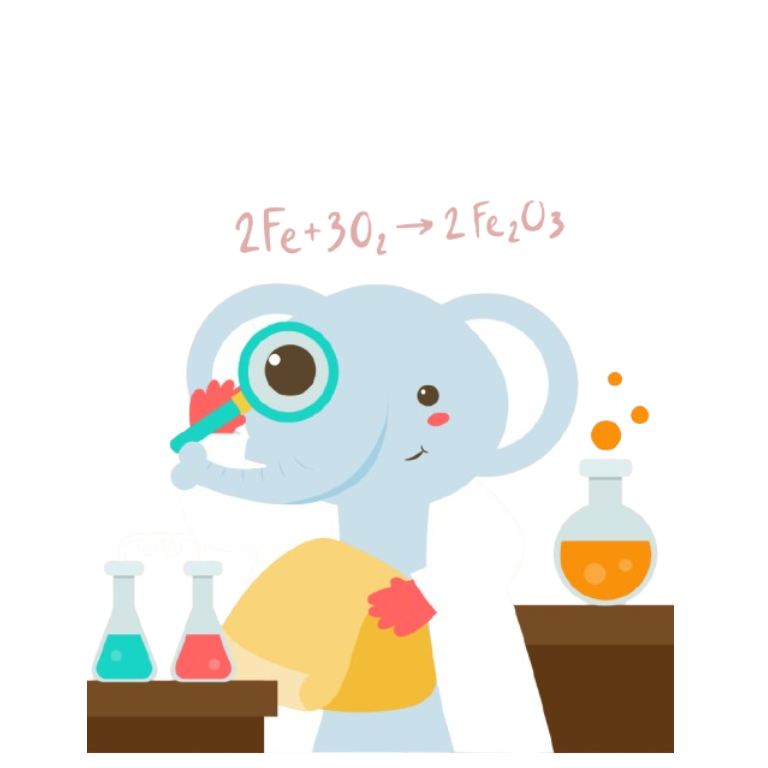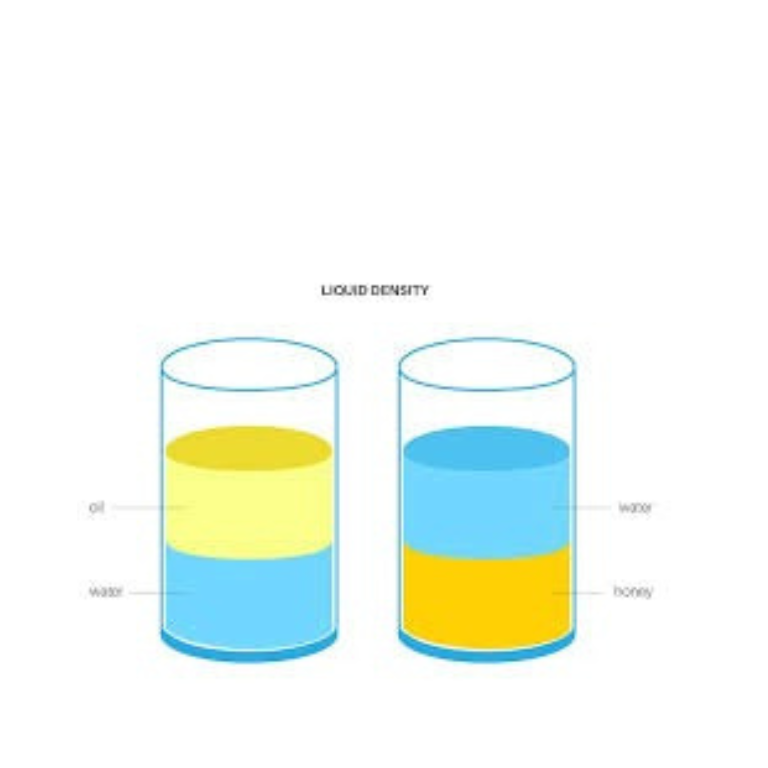Redox Titration
Perform a redox titration to determine the concentration of Vitamin C (ascorbic acid) in a solution using iodine. Add starch indicator and titrate until the endpoint is reached (persistent blue-black color).
Prepare the vitamin C solution and add starch indicator. The solution will turn blue-black when all vitamin C is oxidized by iodine.
Iodine solution used: 0.00 mL
Vitamin C concentration: 0 mg/mL
The Science Behind Redox Titration
Redox titration involves a oxidation-reduction reaction between analyte and titrant:
- Vitamin C (Ascorbic acid): Acts as a reducing agent (gets oxidized)
- Iodine (I₂): Acts as an oxidizing agent (gets reduced to iodide I⁻)
- Starch indicator: Forms a blue-black complex with excess iodine
C₆H₈O₆ (ascorbic acid) + I₂ → C₆H₆O₆ (dehydroascorbic acid) + 2H⁺ + 2I⁻
The endpoint is reached when all ascorbic acid is oxidized and free iodine reacts with starch.
This method is widely used to determine vitamin C content in fruits, juices, and supplements.


